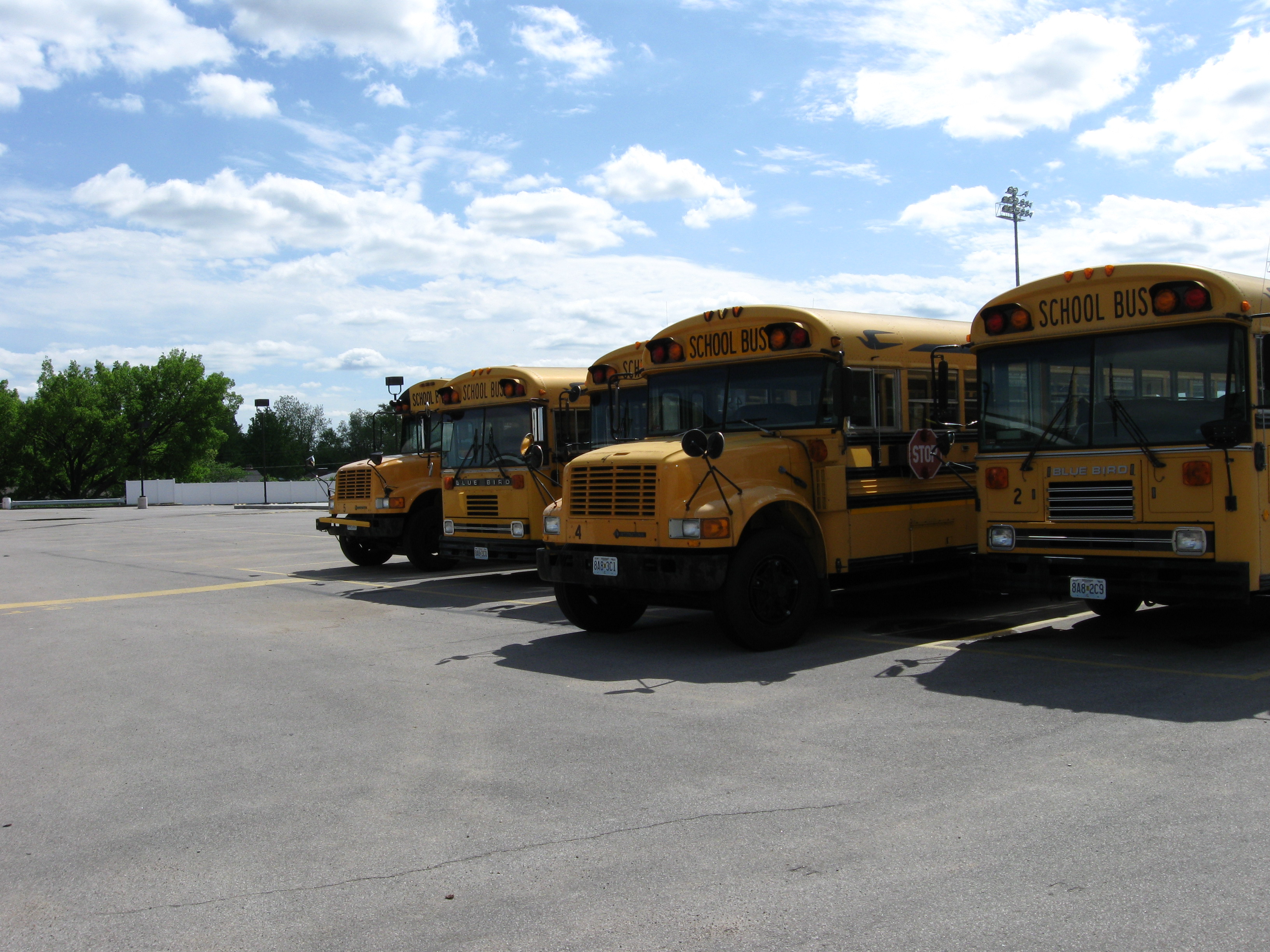A budget to carry North Carolina state government through the next two years is poised for approval in the General Assembly. It represents a triumph of diminished expectations.
That is not because less money would be spent than if appropriations continued at currently authorized levels. In fact, spending would rise slightly – from $20.2 billion to $20.6 billion in the fiscal year that began July 1, and from $20.4 billion to $21.0 billion in the fiscal year beginning July 1, 2014.
Yet, consider looming cuts in the budget for education – the service that must underlie every effort to make North Carolina more prosperous and to give its residents a better chance to lead successful and fulfilling lives.
Even as the state’s population continues to balloon, the budget embraced by House and Senate leaders goes the wrong way when it comes to education spending. In fiscal 2013-14, the total allocated for K-12 public education would be down $117 million from $7.98 billion. Community college spending would be trimmed $16 million from $1.04 billion. And the University of North Carolina system would absorb a cut of $127 million, down from $2.71 billion.
These are not gigantic cuts. But they represent a choice to further dial back the state’s investment in education when spending already has been reduced in the face of the prolonged economic slump and the resulting revenue crunch.
They also help highlight the consequences of legislators’ recent enactment of a sweeping tax cut package that will mean an estimated net revenue loss of $86.6 million this year and $437.8 million next year, with a projected five-year total of $2.44 billion.
Republicans who control both chambers of the General Assembly believe the tax cuts will stimulate economic growth and help create jobs. But the price of taking that gamble is to forgo funds that the state could well use to shore up its education systems and give more people the knowledge and skills they need to get ahead.
No assistance there
A significant cutback in K-12 spending falls on the backs of teacher assistants, who help manage classrooms in the early grades. In fiscal 2013-14, funds for the assistants will be chopped by $120 million, or 21 percent. Spreading these employees more thinly will ratchet up the demands on regular teachers. How is that supposed to help them connect with young children who often need close personal attention to get their schooling off on the right foot?
The state’s teacher corps also stands to lose the traditional job protection called career status, otherwise known as tenure. A budget provision specifies that teachers will be hired under contracts of one, two or four years; $500 merit pay raises will be reserved for teachers offered the longest contracts.
Coupled with the fact that teacher pay in North Carolina has fallen toward the bottom of national rankings, the stripping of potential career status will make it even harder to attract promising college graduates into the public education field. One could say that the budget’s phase-out of the Teaching Fellows program, which offers scholarships to college students who commit to becoming teachers, adds insult to that injury. An offsetting note of encouragement: Teach for America, which helps provide new, temporary teachers in school districts typically struggling with poverty, will get an extra $5.1 million in state support in each of the two budget years.
Opportunity for all?
Legislators’ impatience with traditional public schools is not hard to detect in their backing of a $10 million “opportunity scholarship” program. This feature in the budget will use public funds to subsidize private school attendance for some students from lower-income families.
No doubt the private school option can be effective under the right circumstances. But it’s also no surprise that public school advocates are leery of any program that makes less money available to meet the challenges of traditional schools – which, after all, remain charged with the duty of properly educating every student who comes through their doors.
The Senate in May and the House in June approved separate versions of a two-year budget that would have set spending at basically the same level but that differed widely in the specifics of how programs would be affected. Negotiations between the two chambers – with input as well from Gov. Pat McCrory and his budget director, Art Pope – then were put on hold while the tax-cut package was finalized. That task completed, legislators knew how much money they had to work with in crafting a compromise budget.
The compromise was unveiled on Sunday, July 21, with the endorsement of Republican leaders. They planned to hold floor votes on Tuesday, July 23 and Wednesday, July 24 to gain approval of the budget bill, which in legislative lingo now stands as the proposed conference committee report to Senate Bill 402. Gov. McCrory then will receive the budget for his review and expected signature.
Some understandable objections will be voiced to a budget that scrimps on education in deference to conservative faith in the economic healing power of lower taxes. But even with the latest “Moral Monday” protesters again challenging legislative priorities, this budget looks certain to be the one North Carolina will have to live with – for better or for worse.
— Steve Ford, Volunteer Program Associate


